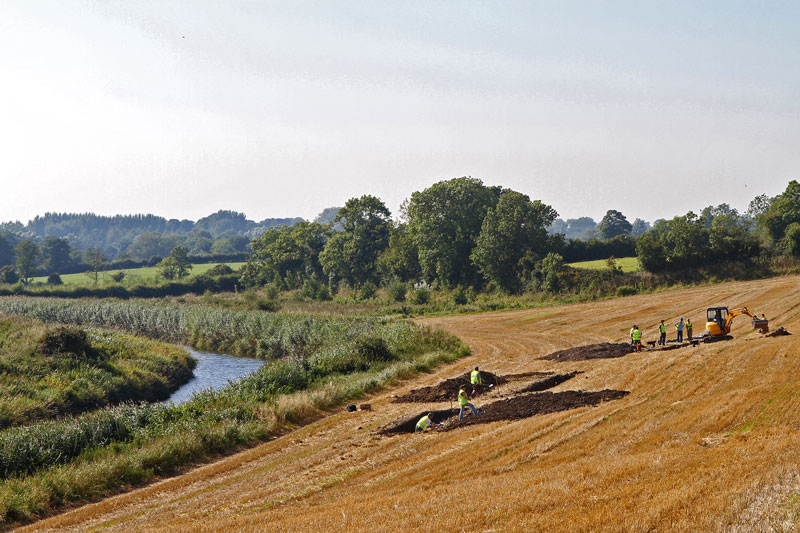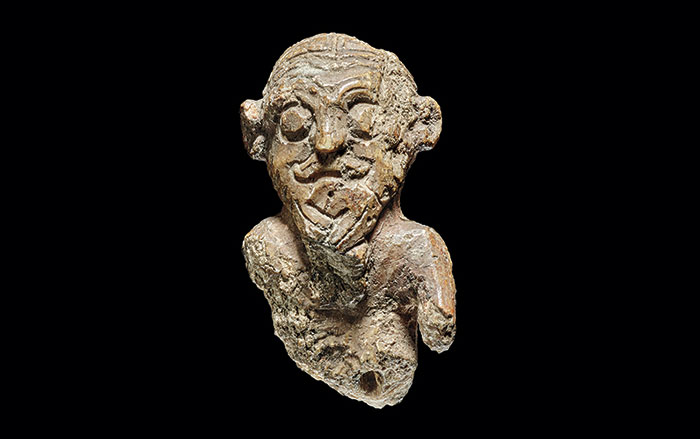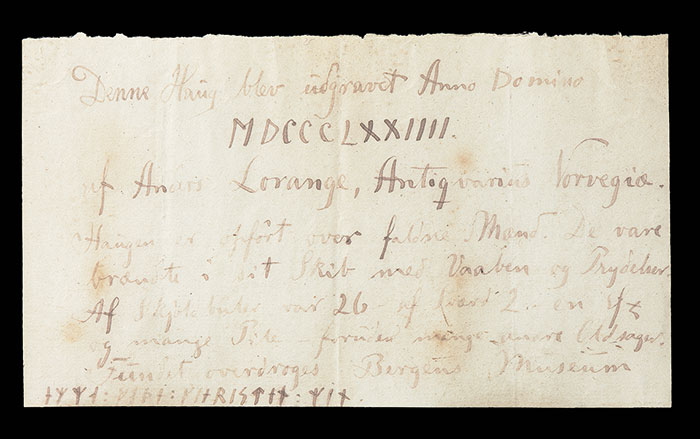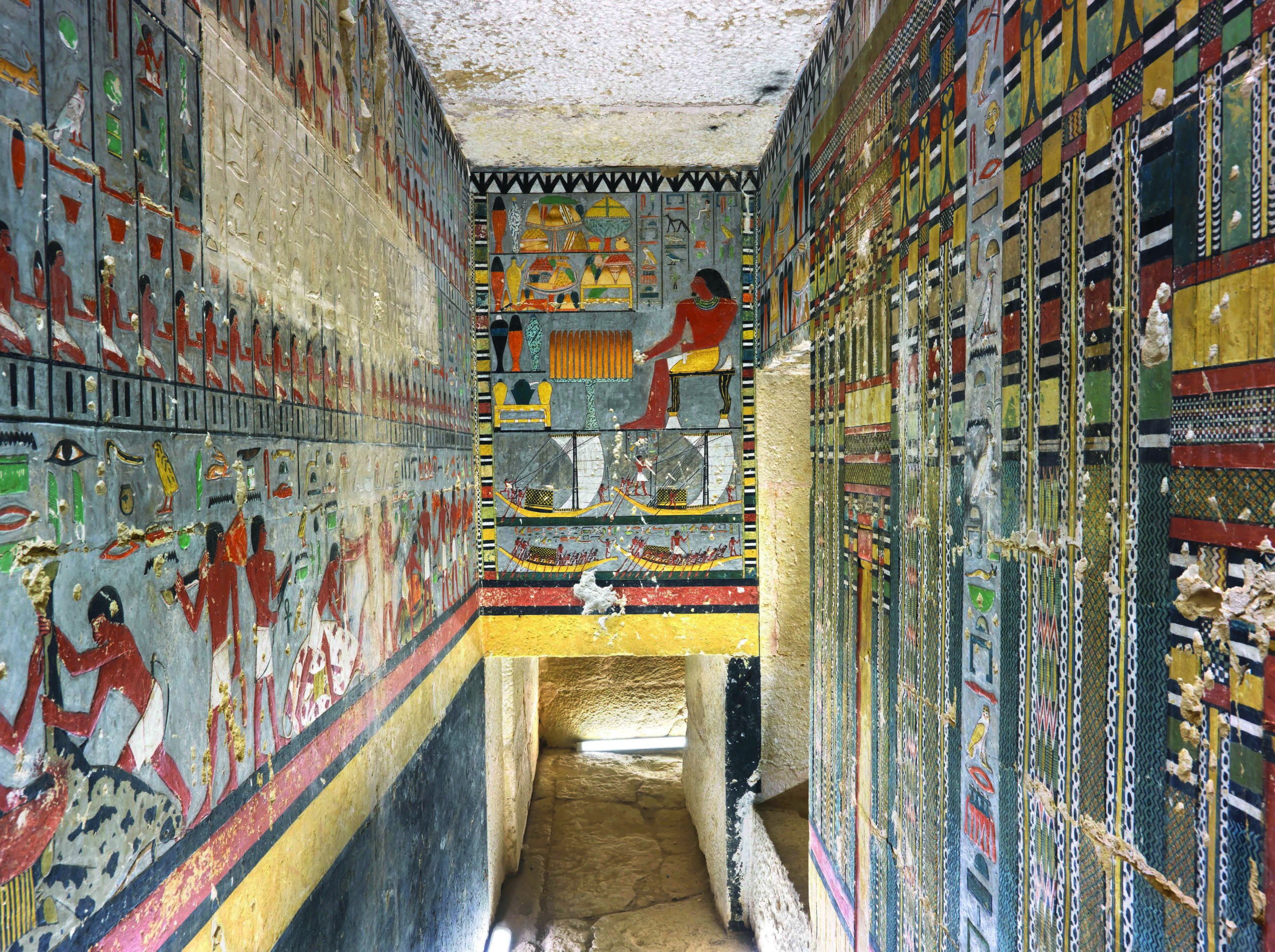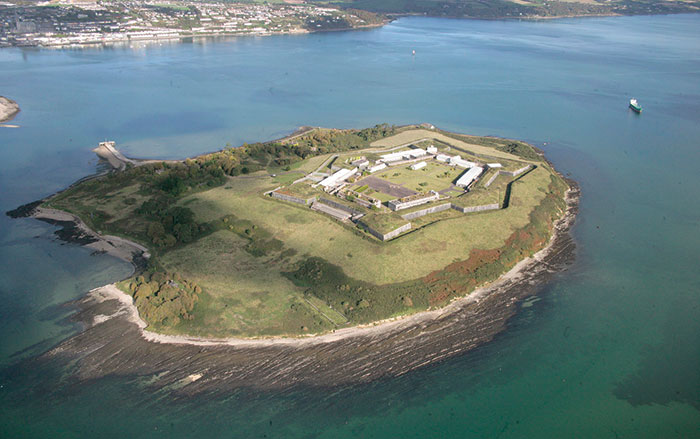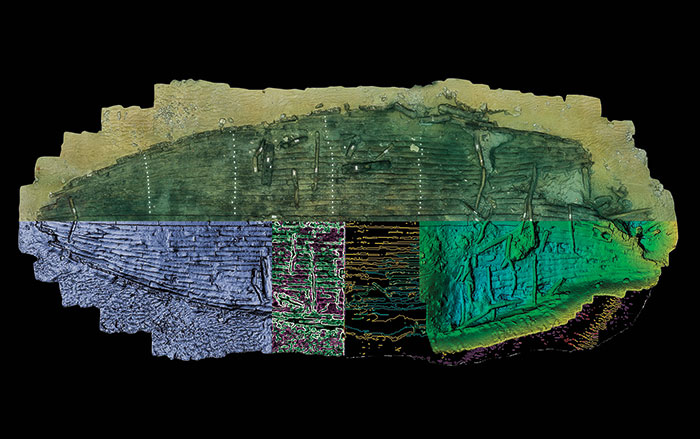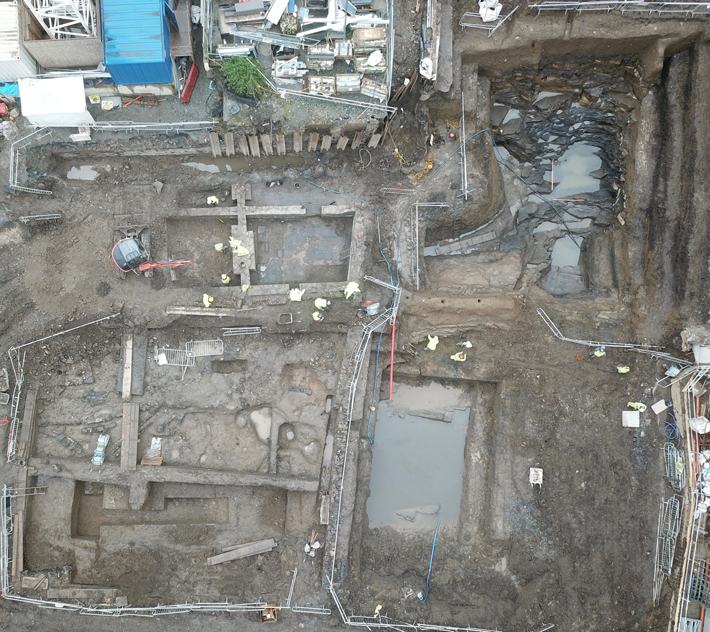
DUBLIN, IRELAND—According to an RTÉ News report, ongoing excavations on Ship Street next to Dublin Castle have revealed centuries of the city's history, including additional remains of a previously discovered early Viking settlement. Archaeologists led by Alan Hayden of Archaeological Projects Ltd. have discovered that Dubh Linn, the "Black Pool" on the River Poddle from which the city derives its name, stretched more than 1,300 feet beyond its previously known extent to the dig site. The Vikings first settled on Dubh Linn, and according to historical sources, anchored up to 200 ships there. Hayden noted that this new information also explains the reference to the pool in the name of Dublin's oldest church, St. Michael le Pole, which was founded in the sixth century A.D. and whose remains lie near the excavation area. Outside the church cemetery, Hayden and his team found the burial of a man who had had his feet and hand cut off, a medieval penalty for insulting a king or lord. They also unearthed the remains of a medieval farm, twelfth-century quarries that supplied the stone used to construct the castle, and cells belonging to a police station built in 1830. For more, go to "The Vikings in Ireland."


